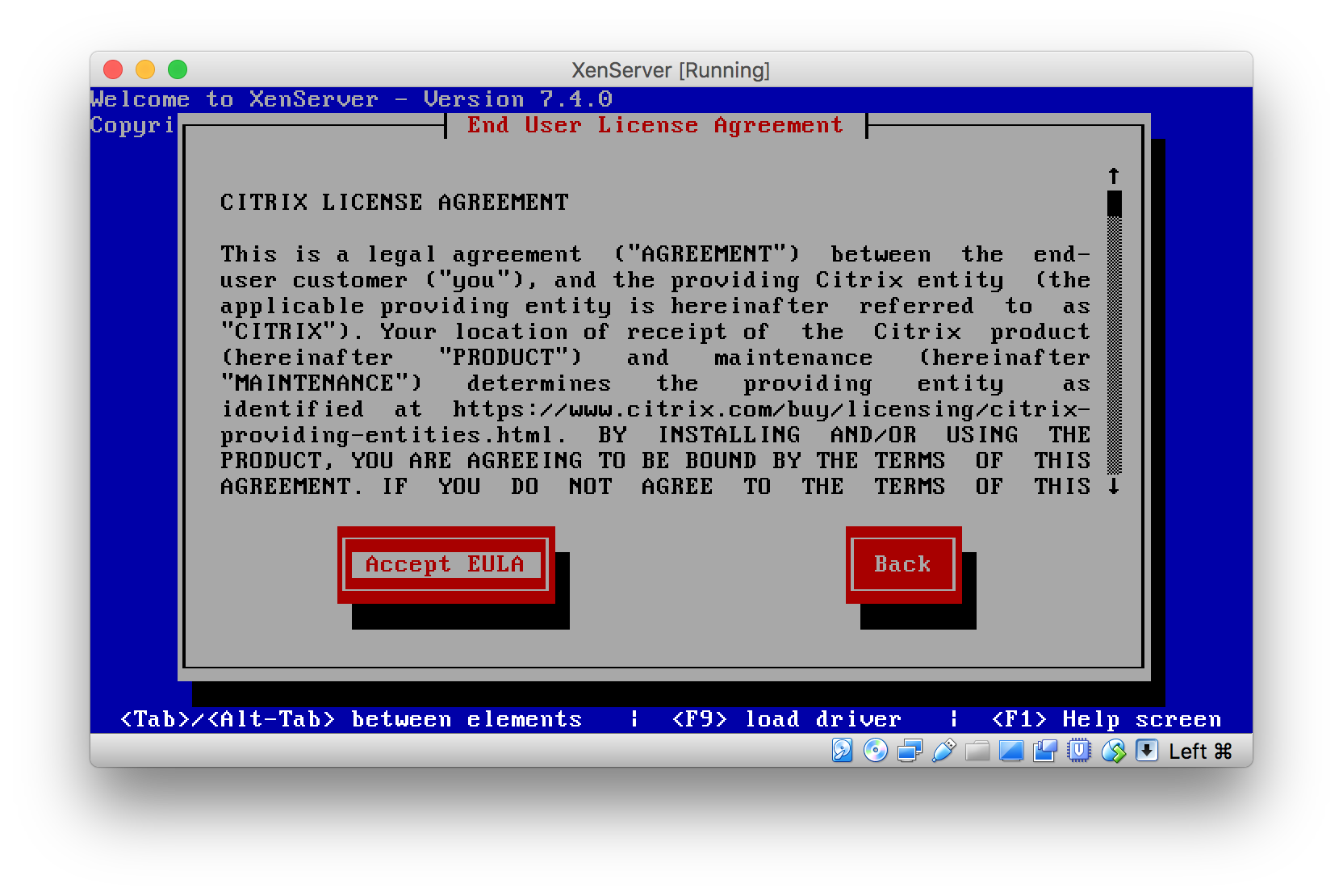Virtualbox 32bit 64bit

VirtualBox is a virtual application that allows you to install other or additional Operating Systems and run concurrently on the parent operating system. 4 Type a name (ex: Windows 10 build 10166) you want for the Windows 10 virtual machine, select Microsoft Windows for the type, and select Windows 10 (32-bit) or Window 10 (64-bit) for what. Windows 10 Pro Host 64-bit only supports 32-bit OS. I have a 64bit host. If issues get first addressed in the VirtualBox forums, a lot more eyes.
Possible Duplicate:
Can I Install Windows 7 64 bit on VirtualBox running on Windows 7 32 bit OS ?
Hello,
I have a PC with a 64 bit processor, but I have Windows 32 bit as operative system. I want to create a virtual machine to install Windows 7 64 bits. I've created a viirtual machine with virtual PC but I can't configure as 64 bit machine on a 32 bit machine. I have VMWare as wll installed, but I don't know where exactly I can change from 32bit to 64 bit the virtual machine.

Is it possible to run a 64 bit machine on a windows 32 bit machine running on a 64 bit machine?
Should I use other software for the virtualization?
If I can do with VMWare where can I set the machine as 64bit?
Thanks.
Virtualbox 32 Bit 64bit
Presently, VirtualBox runs on Windows, Linux, Macintosh, and Solaris hosts and supports a large number of guest operating systems including but not limited to Windows (NT 4.0, 2000, XP, Server 2003, Vista, Windows 7, Windows 8, 10), DOS/Windows 3.x, Linux (2.4, 2.6 and 3.x), Solaris and OpenSolaris, OS/2, and OpenBSD.
VirtualBox is being actively developed with frequent releases and has an ever growing list of features, supported guest operating systems and platforms it runs on. VirtualBox is a community effort backed by a dedicated company: everyone is encouraged to contribute while Oracle ensures the product always meets professional quality criteria.
Hot picks:
* phpVirtualBox AJAX web interface project site
* Whitepaper: Optimizing the desktop using Sun VirtualBox (reg. req'd)
* Watch the VirtualBox Live Show
* VirtualBox press coverage: homepage
Some of the features of VirtualBox are:
* Modularity. VirtualBox has an extremely modular design with well-defined internal programming interfaces and a client/server design. This makes it easy to control it from several interfaces at once: for example, you can start a virtual machine in a typical virtual machine GUI and then control that machine from the command line, or possibly remotely. VirtualBox also comes with a full Software Development Kit: even though it is Open Source Software, you don't have to hack the source to write a new interface for VirtualBox.
* Virtual machine descriptions in XML. The configuration settings of virtual machines are stored entirely in XML and are independent of the local machines. Virtual machine definitions can therefore easily be ported to other computers.
* Guest Additions for Windows, Linux and Solaris. VirtualBox has special software that can be installed inside Windows, Linux and Solaris virtual machines to improve performance and make integration much more seamless. Among the features provided by these Guest Additions are mouse pointer integration and arbitrary screen solutions (e.g. by resizing the guest window). There are also guest additions for OS/2 with somewhat reduced functionality.
* Shared folders. Like many other virtualization solutions, for easy data exchange between hosts and guests, VirtualBox allows for declaring certain host directories as 'shared folders', which can then be accessed from within virtual machines.
A number of extra features are available with the full VirtualBox release only (see the 'Editions' page for details):
* Virtual USB Controllers. VirtualBox implements a virtual USB controller and allows you to connect arbitrary USB devices to your virtual machines without having to install device specific drivers on the host.
* Remote Desktop Protocol. Unlike any other virtualization software, VirtualBox fully supports the standard Remote Desktop Protocol (RDP). A virtual machine can act as an RDP server, allowing you to 'run' the virtual machine remotely on some thin client that merely displ